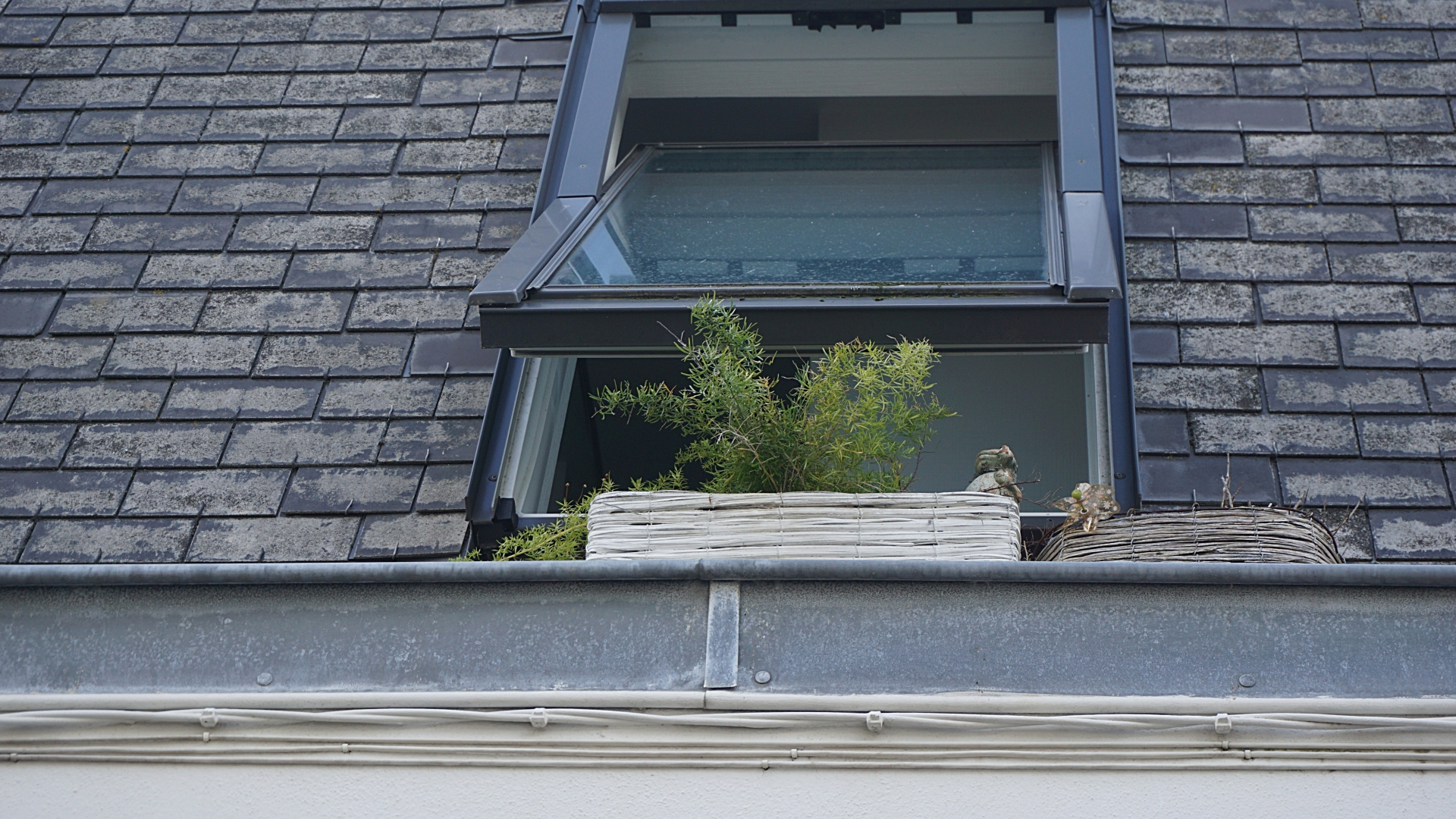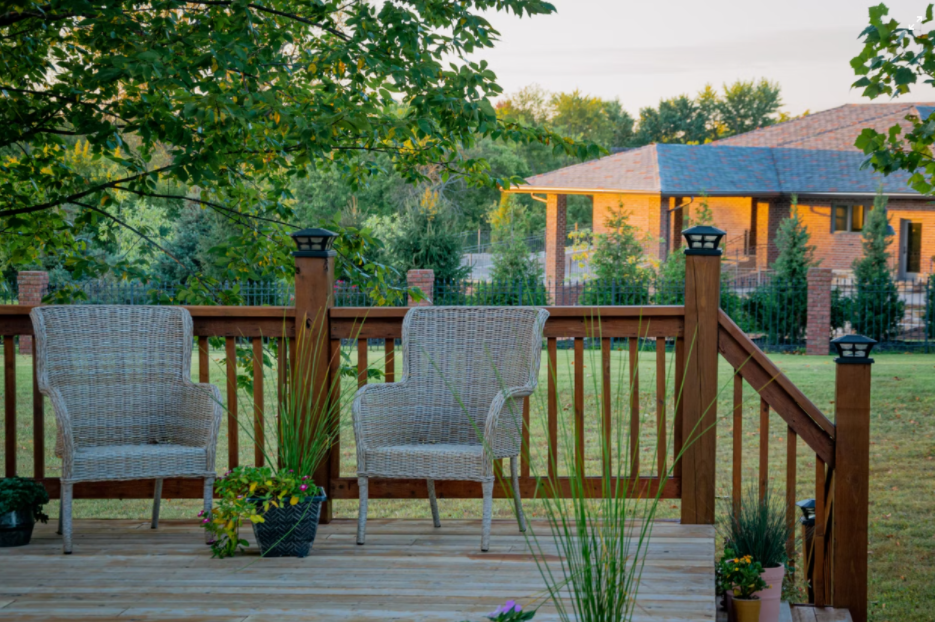When it comes to choosing a roof design for your home, there are many factors that you should consider. From the practicality and durability of the material used to its aesthetic appeal and how well it fits in with the rest of your home’s design, selecting a roof is an important decision that requires careful thought. Here are six key factors to consider when selecting a roof design for your home.
1. Roof Pitch:
The pitch of your roof will affect the overall cost and design. A higher pitch will cost more but may add to the aesthetic appeal of your home, so it is worth considering this factor in relation to your budget. In addition, a higher pitch will improve the roof’s drainage capacity. Also, a steeper pitch will require more bracing for the roof structure, as well as additional materials. For example, a four-in-twelve pitch will require more support than a three-in-twelve pitch. Also, a steep pitch may require special shingles with additional adhesion. So when selecting a roof design for your home, take the pitch into consideration.
2. Roof Material:
The material used for your roof is an important factor to consider as it will determine the lifespan and durability of the roof, as well as its overall cost. Popular materials include asphalt shingles, metal, slate, wood shakes, and tiles. Each type has its own advantages and disadvantages in terms of price, installation time, and longevity. Asphalt shingles are generally more affordable but require more maintenance over time. Metal roofs offer more protection from weather elements but may be more expensive to install initially. Slate is a very durable roofing material but requires experienced installers and can be quite costly. Wood shakes are visually appealing but require regular maintenance and may not be suitable for a roof with a steep pitch. Tiles also provide good protection from the elements but can be quite expensive.
3. Aesthetics:
The look of your roof is an important factor to consider when selecting a design for your home. It should complement the overall style of your house and fit in with the colors and textures used on other exterior surfaces. Take into account the architecture of your home as well as the neighboring houses when choosing colors or patterns for your roofing material to ensure it fits in with its environment. You’ll also want to select materials that will age gracefully over time. This will help keep your home looking great for years to come.
4. The right roofing contractors:
A well-built roof is an important part of any home and it should be installed by experienced professionals. Take the time to research local contractors who specialize in the type of material you’ve chosen for your roof. Read reviews, ask for referrals, and get estimates from at least three different companies before making a decision. Make sure to look for qualified installers who have experience working with the specific materials you’re considering as well as a good warranty policy. According to the information at www.roofrepairspecialist.com, the right contractor can make all the difference when it comes to ensuring a properly installed roof that will last for years to come. So be sure to take the time to find one that meets your needs.
5. Climate:
The climate of your local area is an important factor to consider when selecting a roof design for your home. Different materials may perform better or worse in different climates and knowing what works best for your region will help you make an informed decision about the best material for your new roof. In areas prone to severe weather, such as hurricanes or hail storms, metal roofs are usually recommended due to their durability and ability to withstand strong winds and heavy rain. Areas with hotter temperatures may benefit from light-colored shingles that can reflect the sun’s rays and keep the house cool during the summer months. Colder climates often require more insulation on the roof to keep heat in, so consider materials that offer additional insulation.
6. Energy Efficiency:
If you’re looking to lower energy costs, consider choosing materials that are designed to minimize heat transfer and reflect light away from your home, such as metal roofs or reflective asphalt shingles. You can also add insulation to your attic or other areas of your home that will help save energy. When looking for materials, check the Energy Star label as well as any certifications from the Cool Roof Rating Council (CRRC). These labels and certifications indicate that a product is certified to be high-performing in terms of reflecting sunlight and reducing heat transfer. But another increasingly popular option is solar shingle installation, which allows your roof to generate clean energy while still maintaining a sleek, traditional appearance. It’s a smart way to boost energy efficiency and sustainability all in one go. By choosing the right roofing material for your climate, you can make sure you have a good combination of aesthetic appeal, durability, and energy efficiency for your new roof.

Choosing the right roofing material for your home can be a daunting task, but with some research and careful consideration of your needs and goals, you can ensure that you find the perfect solution. Consider factors like budget, aesthetics, climate, and energy efficiency as well as finding experienced contractors who specialize in the type of materials you’ve chosen to help guarantee success. With these tips in mind, you should have no trouble selecting the best roofing material for your house and enjoying its beauty and protection for years to come.











